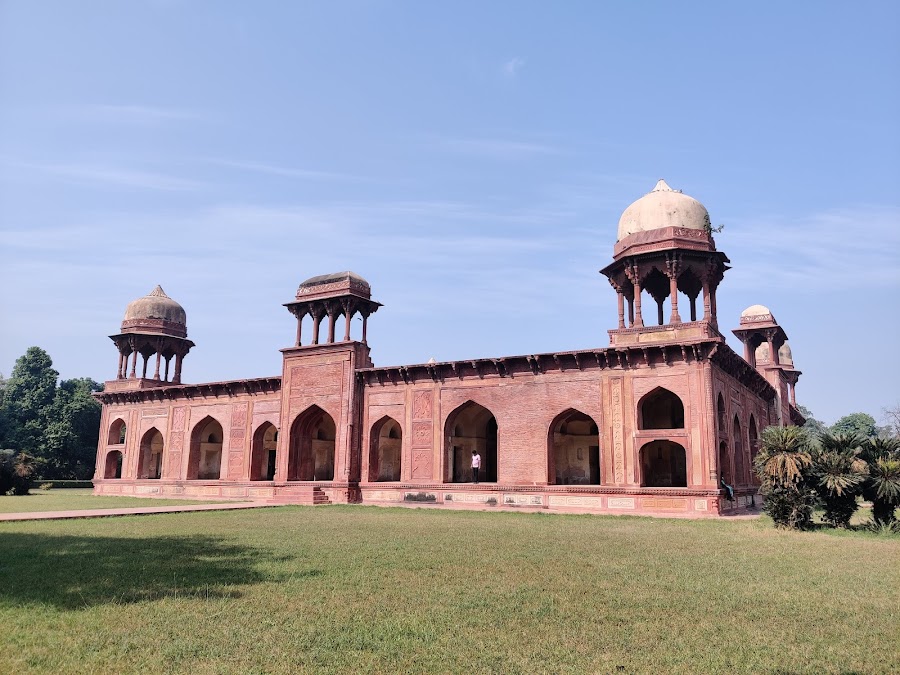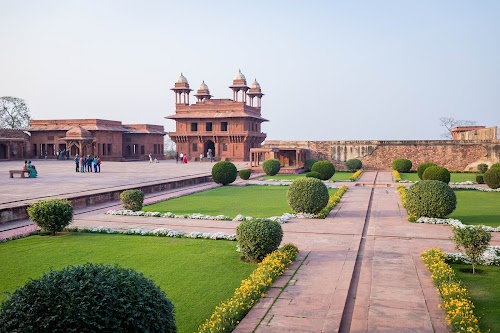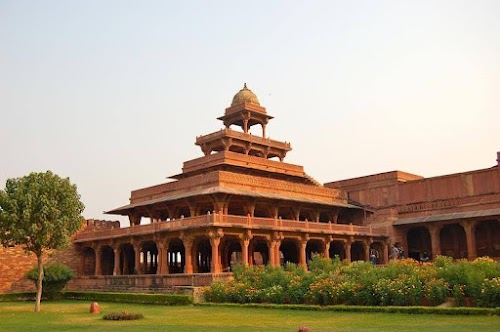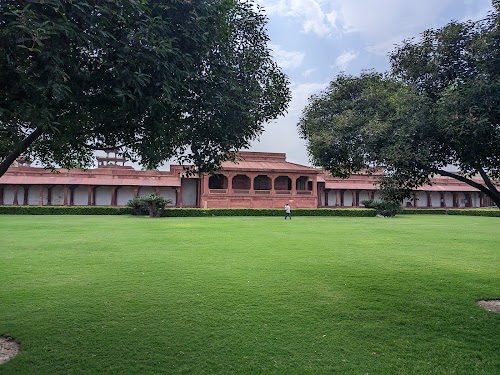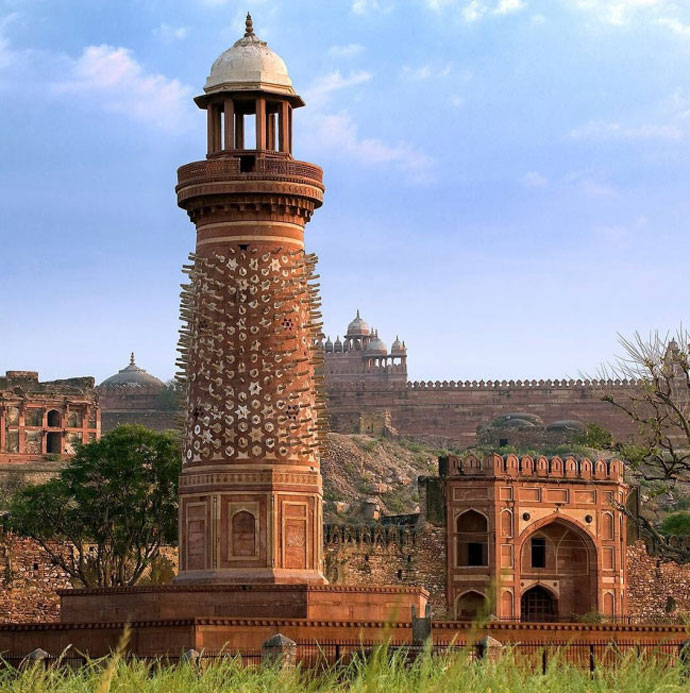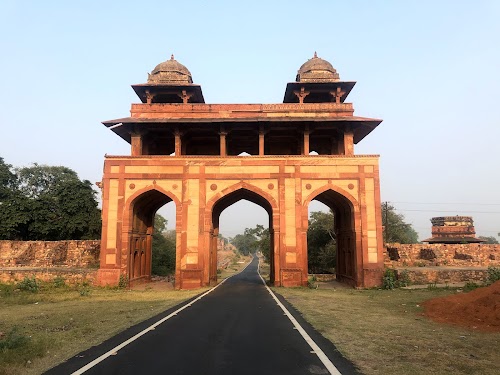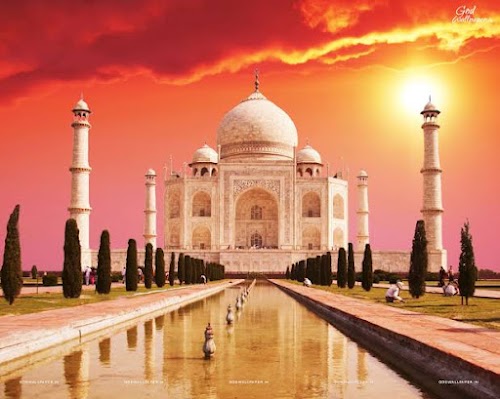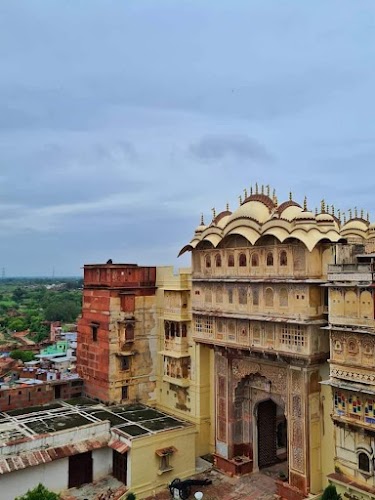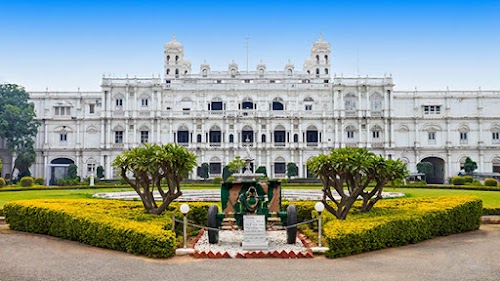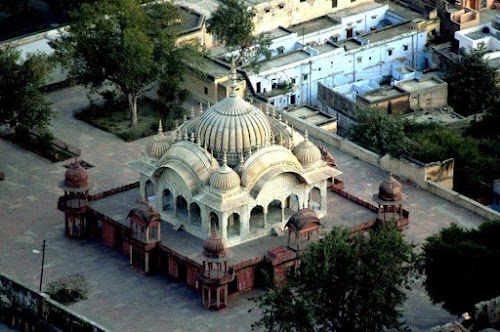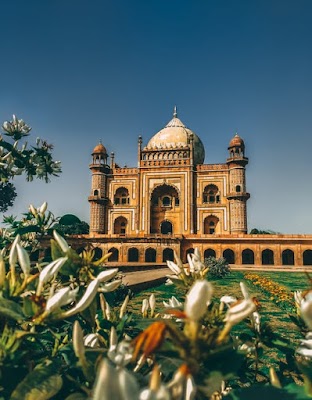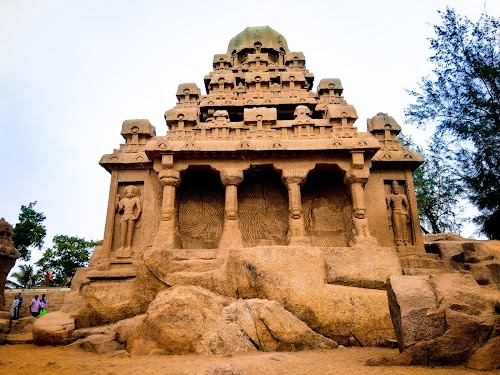Fatehpur Sikri, India
Fatehpur Sikri, a UNESCO World Heritage site, is a magnificent ghost city showcasing Mughal architecture at its finest. Founded by Emperor Akbar in the 16th century, it served as the capital of the Mughal Empire for only 14 years. The city is a blend of Persian, Islamic and Indian architecture, featuring red sandstone structures, intricate carvings, and grand courtyards. Key attractions include Buland Darwaza, Jama Masjid, Panch Mahal, and the Tomb of Salim Chisti. Exploring Fatehpur Sikri offers a glimpse into the opulent lifestyle and artistic achievements of the Mughal era. The serene atmosphere and well-preserved monuments make it a captivating destination for history buffs and architecture enthusiasts alike. Today, it stands as a testament to Akbar's vision and the rich cultural heritage of India.
Known for:
History:
Fatehpur Sikri was established in 1569 by Mughal Emperor Akbar, who decided to build a new capital city to honor the Sufi saint Salim Chisti, whose blessings he believed led to the birth of his son, Jahangir. The city was meticulously planned and constructed, showcasing the grandeur of Mughal architecture and urban planning. However, due to water scarcity, the capital was shifted to Lahore after just 14 years. Despite its short tenure as the capital, Fatehpur Sikri remained an important center for trade and administration. Over the centuries, the city gradually declined, but its architectural marvels have been preserved, allowing visitors to experience the splendor of the Mughal Empire. Today, it stands as a UNESCO World Heritage Site, attracting tourists and historians alike.
How to reach:
Fatehpur Sikri is well-connected by road and rail. The nearest airport is Agra's Kheria Airport, about 40 km away. Agra is also the nearest major railway station, with frequent trains from Delhi and other major cities. From Agra, you can hire a taxi or take a bus to Fatehpur Sikri, which is approximately 37 km away. Regular bus services are available from Agra's Idgah Bus Stand.
Places in Fatehpur Sikri, India
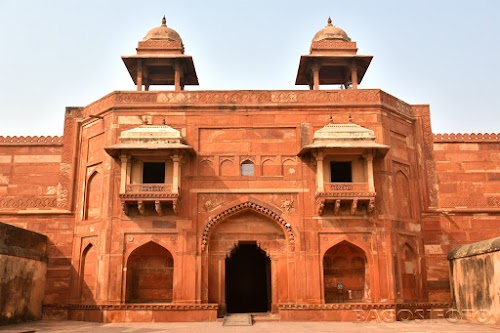
Jodha Bai's Palace
Fatehpur Sikri, India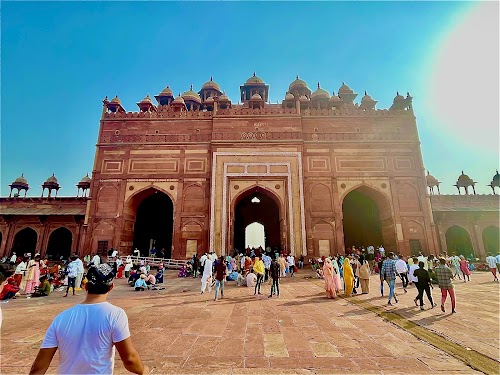
Jama Masjid
Fatehpur Sikri, India
Dargah of Salim Chishti
Fatehpur Sikri, India
Keoladeo National Park - Rajasthan
Fatehpur Sikri, India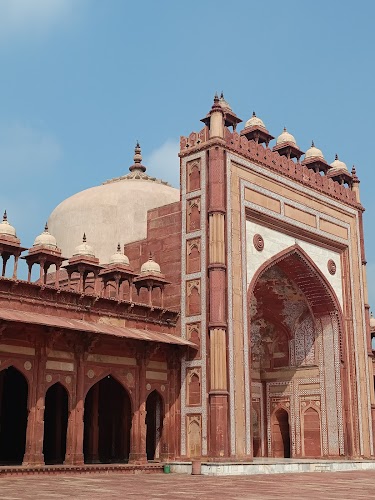
Buland Darwaza
Fatehpur Sikri, India
Fatehpur Sikri Fort
Fatehpur Sikri, India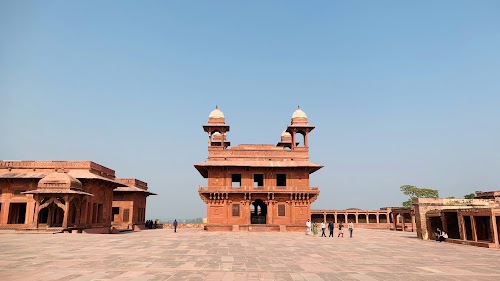
Diwan-i-Khas
Fatehpur Sikri, India
Birbal's Palace
Fatehpur Sikri, India